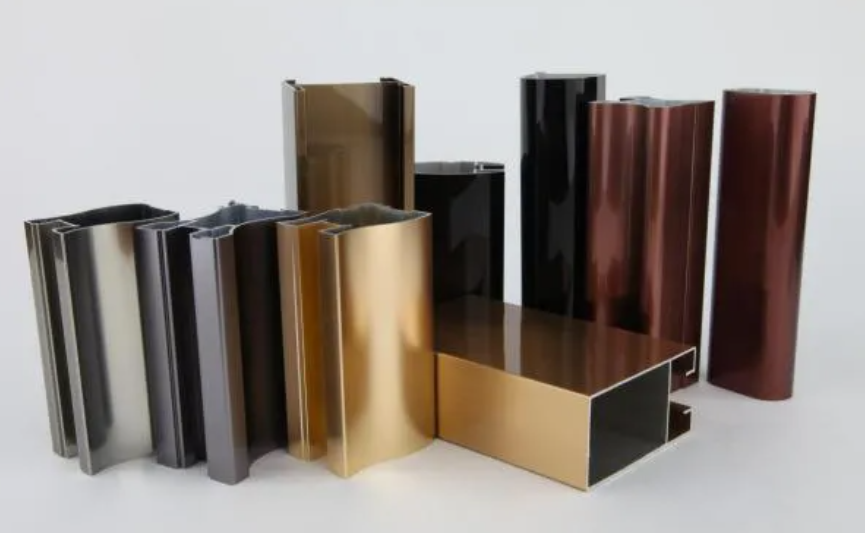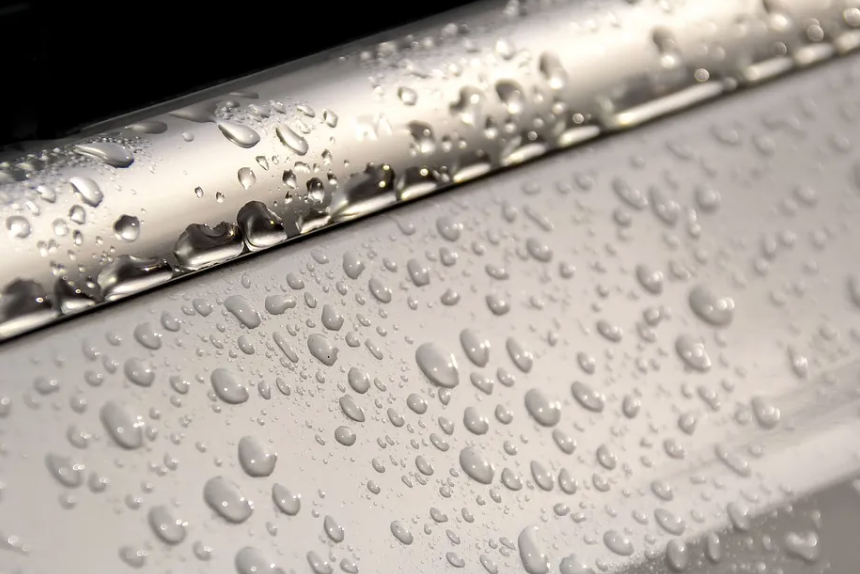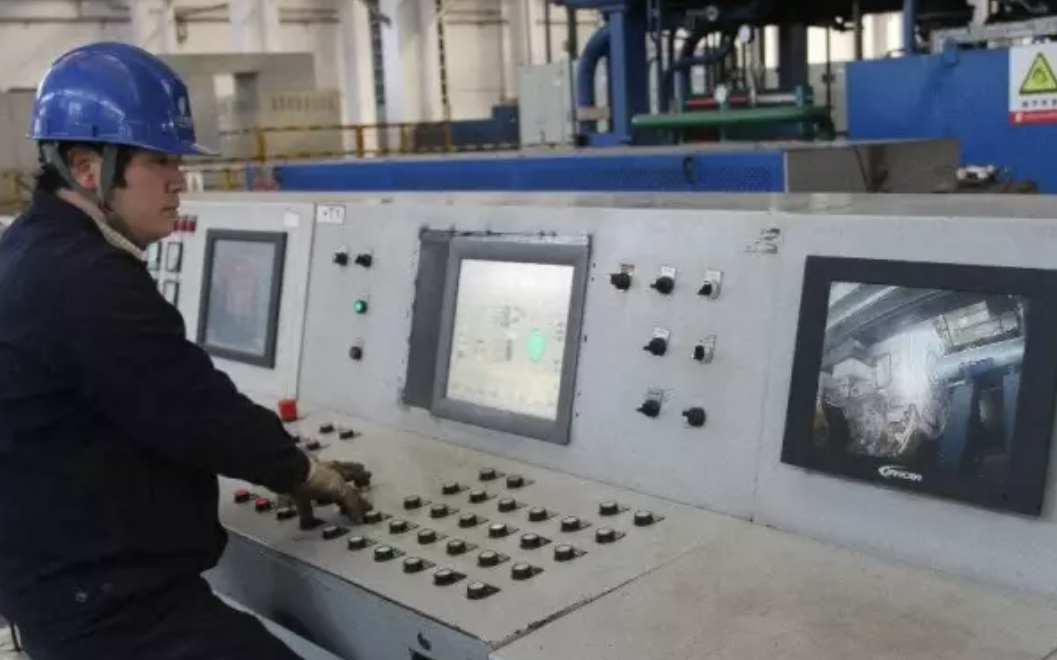In aluminum profile extrusion production, if there is no unscheduled downtime, the maximum output is mainly determined by the extrusion speed, and the latter is constrained by four factors, three of which are fixed while one is variable.
The first factor is the extrusion force of the press. A press with greater extrusion force can extrude smoothly at a lower billet temperature.
The second factor is the die design. During extrusion, the friction between the metal and the die wall usually causes the temperature of the extruded aluminum alloy to rise by 35–62℃.
The third factor is the property of the alloy being extruded, which is an uncontrollable factor limiting the extrusion speed. The exit temperature of the profile generally should not exceed 540℃; otherwise, the surface quality of the material will decline, die lines will become more pronounced, and even sticking, imprints, microcracks, and tearing may occur.

The last factor is temperature and the degree of its control. If the extrusion force of the press is insufficient, smooth extrusion is difficult, or even a die blockage may occur, then the billet temperature can be increased, but the extrusion speed should be reduced to prevent the exit temperature from becoming too high.
Each alloy has its own optimal extrusion (billet) temperature. Production practice has proven that the billet temperature is best maintained at about 430℃ (when the extrusion speed is ≥16 mm/s). The exit temperature of 6063 alloy profiles must not exceed 500℃, the maximum exit temperature for 6005 alloy is 512℃, and for 6061 alloy it should preferably not exceed 525℃. Even small variations in exit temperature will affect both the output and quality of the product.
The temperature of the container is also very important, particularly during the preheating stage, when the temperature rise should avoid generating excessive thermal stress between layers. It is best to raise the container and liner to the working temperature simultaneously. The heating rate during preheating must not exceed 38℃/h. The best preheating procedure is to heat up to 235℃, hold for 8 hours, then continue to heat to 430℃, hold for 4 hours, and only then put it into operation. This not only ensures uniform temperature inside and outside but also provides sufficient time to eliminate all internal thermal stress. Naturally, heating the container in the furnace is the best preheating method.

During extrusion, the container temperature should be 15–40℃ lower than the billet temperature. If the extrusion speed is too fast, causing the container temperature to rise above the billet temperature, then measures must be taken to lower the container temperature. This is not only troublesome but will also reduce output. During the production speed increase, sometimes the heating elements controlled by thermocouples may be cut off, yet the container temperature still continues to rise. If the container temperature exceeds 470℃, the possibility of scrap increases, and the ideal container temperature should be determined according to different alloys.
One must never think that preheating the container is a waste of time and energy. In one factory, in order to rush production, both internal resistance heating elements and liquefied gas burners were used simultaneously. In such a situation, the temperature cannot be measured and controlled, which produces huge thermal stress. The inner liner temperature rises and expands faster than the outer shell, causing the container to crack, with even an audible “bursting” sound.

During operation, the extrusion stem accumulates internal stress. When this stress becomes large enough, fatigue cracks occur, and once subjected to non-axial radial forces, the stem may fracture. Therefore, after a cumulative working time of 4,500 hours, it is best to carry out stress-relief treatment, holding at 430–480℃ for 12 hours and then cooling with the furnace to below 50℃.
When producing high-grade architectural profiles with superior surfaces, the temperature of the extrusion pad must also be strictly controlled to reduce scrap caused by inconsistent surface color tones. Fixed extrusion pads are better than movable ones, as they can accumulate more heat, thereby lowering the billet end temperature, reducing the entry of impurities into the profile, and helping to increase output. Castool Company in the United States uses compressed air to cool the extrusion pad and extrusion stem, reducing their temperature to about 50℃.
The die temperature also plays an important role in achieving high output. It generally must not be lower than 430℃; on the other hand, it must not be too high, otherwise hardness may decrease, and oxidation may occur, especially on the bearing surface. During die heating, attention must be paid to avoiding close contact between dies, which would block air circulation. It is best to use a box-type furnace with partitions, placing each die in a separate compartment.
During the extrusion process, the billet temperature can rise by about 40℃ or even more, and the increase is mainly determined by die design. To achieve maximum output, temperature control must not be neglected. All temperatures should be recorded and strictly monitored, in order to determine the relationship between maximum press output and the various temperatures.
Finally, employees in aluminum extrusion plants should always bear in mind: precise temperature control is essential for improving output.